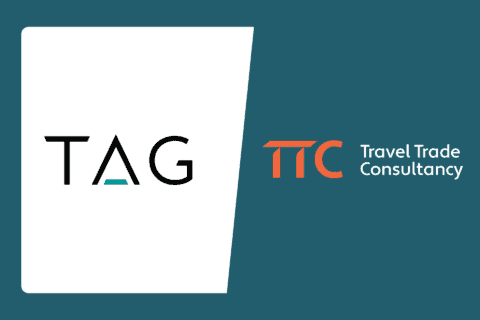Although ATOL holders can only renew their licences in March and September, there may be instances where you have to apply to change your licence, known as a variation, at other points in the year. In this post, we’ll be discussing the ins and outs of ATOL variations – what they are, why you might need one and how you apply.
What is an ATOL variation?
Put simply, it’s a fancy way of saying you need to make a change to your ATOL. You might need to do this for several reasons, including if your ownership structure or trading name changes or if you start offering new services your current licence doesn’t cover. However, most of the time, ATOL holders need to apply for a variation because they’ve sold more flight-inclusive arrangements than planned, so they need to adjust their licence limits. Variations are more common during economic uncertainty, such as the Covid-19 pandemic or the cost-of-living crisis, when it’s hard to project licence requirements and the speed of the recovery.
Why do I need to vary my licence limits?
When your ATOL is issued, it comes with an ‘authorisation limit,’ which tells you the maximum number of licensable transactions you can carry out. These are made up of quarterly passenger and revenue limits. You mustn’t exceed these limits as they are a condition of your licence.
However, it’s not always easy for travel businesses to accurately predict their licence requirements for the upcoming year. There are many external factors, like macroeconomic changes, that can affect the demand for travel. If you apply for a licence that’s too large, you might face penalties such as providing extra security or unnecessarily paying higher fees. On the other hand, if you underestimate your licence limits, you might have to stall your sales programme until the Civil Aviation Authority (CAA) approves your request for a larger licence. Even worse, the CAA could find you breaching your licence conditions for overtrading.
Our analysis of licence holder data shows total authorised passengers across all ATOL holders are at five-year highs, with variations to increase licences over the last six months fueling this.
How do I start an ATOL variation?
Variations of all shapes and sizes are completed via the ATOL online portal and can be initiated by either the Accountable Person (AP), AP Admin, or your trusty consultant. If you’re looking to change your licence limit, you’ll need to know what new quarterly limits you’re applying for. This could involve increasing the overall size of the licence, or it could simply be a redistribution of the existing annual limits across different quarters. The main objective, in either case, is that the authorisation limits are as closely aligned to actual trading as possible.
When should I vary?
Authorisation limits should be kept under constant review and the application to adjust limits made well in advance of any breach occurring. A good time to review this is when you submit your monthly or quarterly APC returns.
What can I expect once I submit my variation to the CAA?
The CAA aims to handle variation applications quickly, ideally within a few days. However, the team hasn’t always been able to deal with them that swiftly, and assessments have often taken weeks or even months, especially during peak renewal periods.
Depending on where you are in the licensing spectrum, the CAA might ask you to provide up-to-date management information so it can consider your variation request. In most cases, once the CAA has reviewed your application, you’ll be sent an offer letter detailing the specific terms you must meet for your variation to be granted.
This always involves paying variation fees. However, you may also have to meet additional security requirements, such as an increased bond or a new Deed of Undertaking from a parent company. Once you’ve met all of these conditions, the CAA will approve the variation, and you’ll be issued a new licence reflecting the updated authorisation limits.
Anything else I need to be mindful of?
If your licence is already subject to additional security measures, such as bonding, you must feel reasonably confident you’ll be able to find the additional bonding capacity. Thankfully, we’ve recently seen a resurgence in the insurance market for travel bonds, which is good news. However, it’s crucial to have a conversation with your bond broker alongside your discussions with the CAA. Their expertise will help ensure you navigate this process effectively.
In a nutshell, understanding ATOL variations is essential for travel businesses to navigate licensing requirements effectively. You should regularly review your limits and apply for a variation when needed to avoid penalties. And if you need any help, please get in touch with our friendly regulatory team.
Sign up for our ATOL workshop
Are you new to travel and confused about the ATOL regulations? Or do you need a refresher on the basics? Regsiter for our workshop now.
Register for the event



